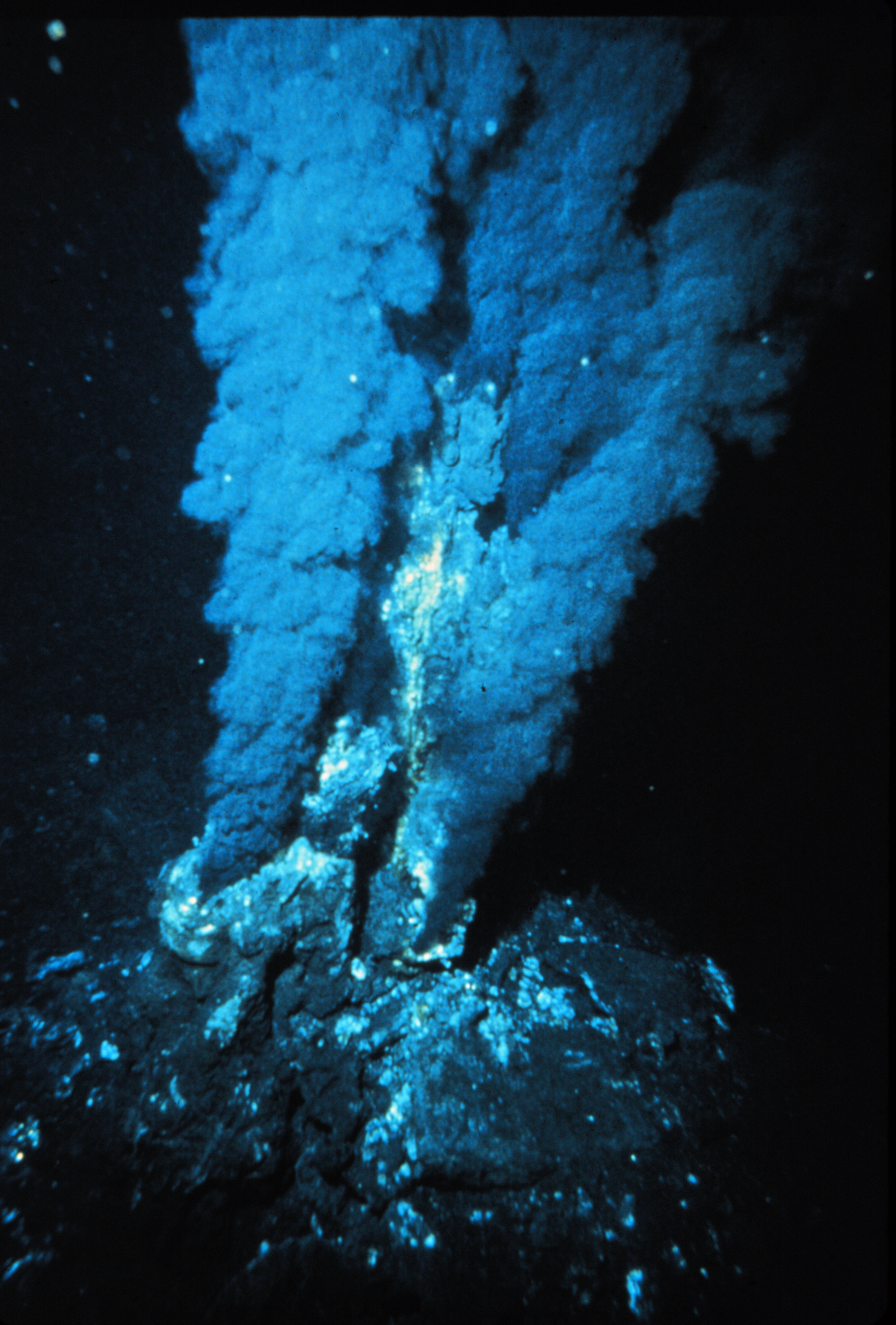Hydrothermal vents that have ceased venting superheated fluid temporarily (inactive) or permanently (extinct) can harbour large deposits of polymetallic sulphides in their chimney structures, which are of growing interest to deep-sea miners. Little is known about the animals that inhabit such structures, as the life-giving chemical soup no longer emanates from within. GOBI scientists are investigating whether the animals that do occur are distinct from physically similar deep-sea habitats or retain a taxonomic distinctness unique to those structures. However, while the answer to this question remains unknown, in a recent GOBI-supported article, scientists are calling for further study into all ecological aspects of inactive and extinct vents, as well as an evaluation of potential environmental risks and associated environmental management needs before any decision is made that may enable their mining.
At the same time that research on inactive hydrothermal vents is happening, GOBI partners are also looking into the ways in which highly specialised vent-loving organisms disperse and colonise new suitable habitat. This is especially important given the limited extent of hydrothermal vents and their ephemeral nature. Mathematical modelling of the movement of water masses at different depths in the north Atlantic Ocean has demonstrated that there is considerable opportunity for connectivity between vents through mid-water dispersal of larvae. The modelling has also revealed persistent dispersal barriers that exist along the Mid-Atlantic Ridge. Such information – published in a recent article – will be important in discussions related to the planning for effective environmental management of human activities.



